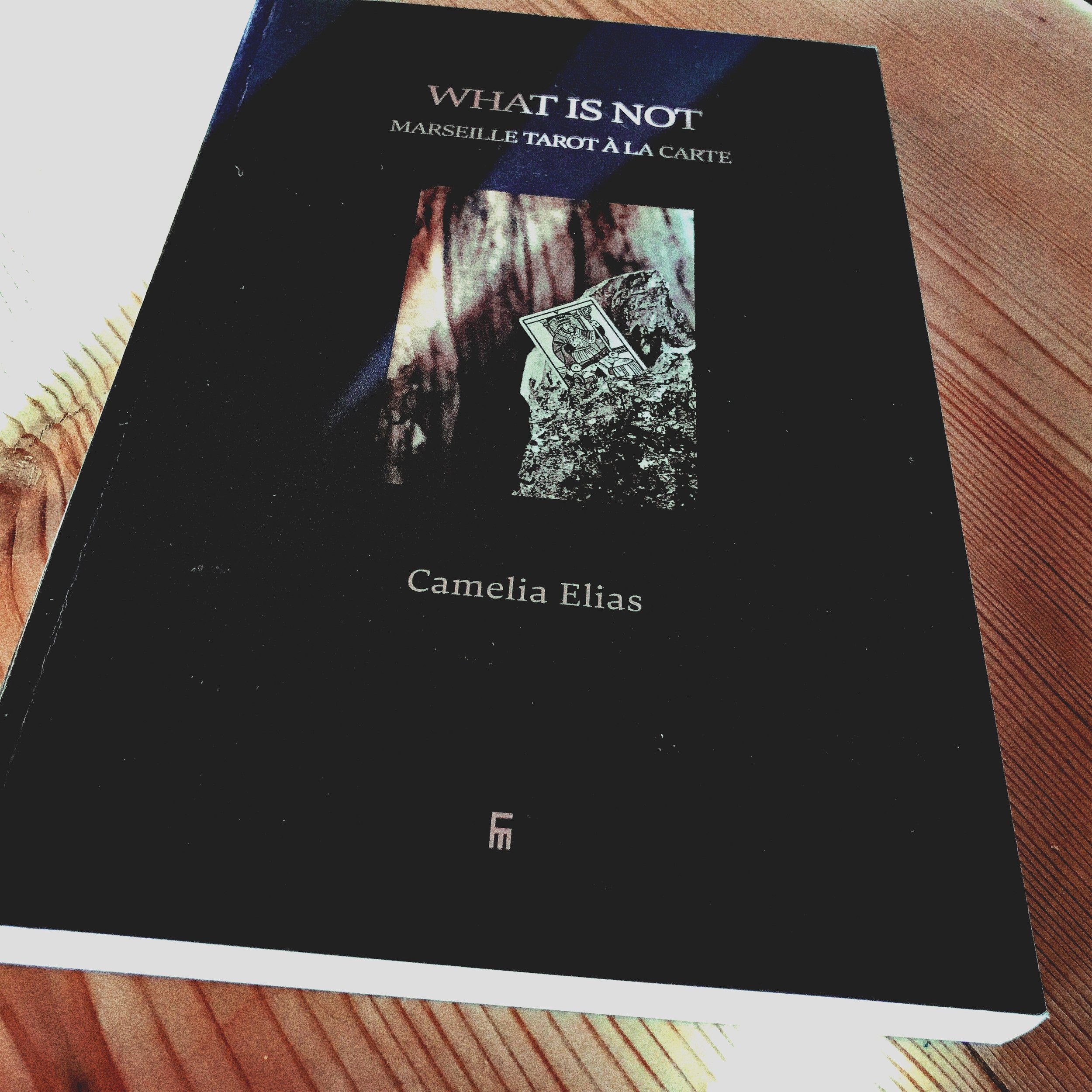Finding a form
Do what you love…
but what if circumstance is against it?
‘What’s my thing?’ people often ask, when they struggle to find a form for their expression. In mainstream tarot parlance, if the Lovers card is in the picture, the tendency is to say that you find your form by doing what you like. The celebrated tarotist and filmmaker Alejandro Jodorowsky insisted that this card speaks to that effect. Do what you love, and you’re set. Well, yes, there’s some truth to that, to the idea of love sealing your fate and settling you, but is this really what we find depicted on this card? Methinks not.
We could argue that ambivalence is represented here, suggesting that the lover on this card is unable to make up his mind about which woman to choose. Because of this ambivalence others might also argue that this card is about action: ‘just do it.’ But is that what we find depicted on this card? Telling others to ‘just do it’ without considering the conditions for it seems foolish to me. Foolish and lazy too. While making a choice for a woman, a new line of business, or a form of expression may be an imperative – ‘just do it’ or ‘follow what you love’ – the truth is that if the conditions for this imperative are not there to help you, then you’re screwed.
Circumstance always wins. If you don’t think this is so, I challenge you to empower yourself against your circumstance with the slogans in vogue à la ‘just do it’ and ‘follow what you love,’ and see what happens. My bet is that after you’ll probe the darkest pits that you’ve managed to land yourself in, you’ll book me for a reading.
As a mental exercise, just think of what Cupid is doing here. How do we understand his shooting his arrow? Do we take this action as a sign of how chance works – maybe you get hit by just the conditions that will enable you to choose – or as a sign of resigning to fate, when you acknowledge to yourself that things are as they are, and hence you will neither make up your mind, nor foolishly ‘just do it,’ simply because the conditions for these actions are not right.
Let’s look at some cards that challenge our understanding of how we answer important questions about choice. ‘How do I find my form?’ an artist once asked me, and I said the following, looking at the Tower, the World, and the Wheel of Fortune – the Lovers card was in the wings, as the card looking on, the ‘surprise’ card from the bottom cut deck.
I said the following: ‘It’s in the breakup. A perfect form emerges out of that. You find this form at the core of this breakup. Use it, and then use it again and again. Sometimes the conditions for expressing this form place you on top. Other times they place you down. Form, as everything else, is subject to change. It’s not about doing what you love, and it’s not about just doing it, whatever it refers to. It’s not about action at all. It’s about looking at what breaks the house and the pain connected with the ensuing loss. It’s about evaluating the form of what emerges out of this experience.’
Others reading these lines here may consider how the metaphor of breaking relates to breaking up with tradition or older ways of doing things. This is particularly relevant for people in the arts or the ones trying to both find a form or give form to their work, relationship, or money and health situations. Once this form is found, then it’s all about maintaining it by making it go round and round.
Refrain from telling yourself and others to ‘do what you love’ in order to find this form. Sometimes the conditions are not there to help you with your love. Nor are they there to help to ‘just do it.’ Sometimes you find your form by leaving (an institution or your partner), not by following what the conditions for it don’t allow you to follow.
The best technique of reading the cards starts with thinking about what you’re saying and why. What you’re saying and why can follow certain principles for reading a visual text. These can be learned through theory and practice. But the starting point is in thinking about whose language you speak when you pass a sentence or deliver a message.
*
What is Not
A book of deconstructions and finding the right form for your divination practice.



